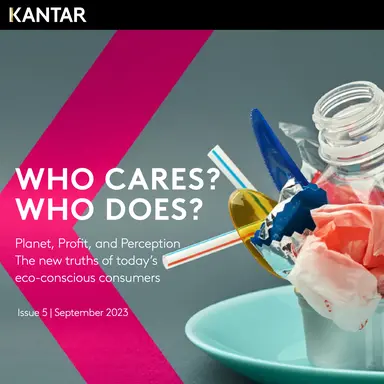
Sustainability is a central issue these days. For the fifth year running, Kantar Worldpanel has published its “Who cares, who does” report, detailing the eco-consumption habits of the general public. Here are the key facts and figures.
Over the years, Kantar Worldpanel has built up a sample of 112,000 people in 35 countries.
Respondents are divided into three categories:
• Eco-actives (very concerned by the environment and sensitive to the issue of plastic pollution)
• Eco-considers (concerned)
• Eco-dismissers (little or not concerned)
The first lesson is the rise in the percentage of eco-actives. In 2022, they represented 18% of the sample, compared with 22% this year. “Eco-actives are a major market, representing $456 billion in spending worldwide,” says Kantar. “These people systematically buy eco-friendly products. By understanding their needs and offering options that match their values, brands can tap into a lucrative and growing segment.” And it may be wise for manufacturers to capitalize on the commitment of eco-actives, since 43% of the sample confided that making sustainable consumption choices will be complicated by the economic crisis and soaring prices.
Behavioral changes
According to Kantar, over the years, the general public’s awareness of the environmental emergency has evolved. Certain habits have become entrenched in consumers’ daily lives, such as remembering to bring reusable bags when shopping. On the other hand, the refill principle has not met with the expected success.
New concerns
“Given the heat waves …










